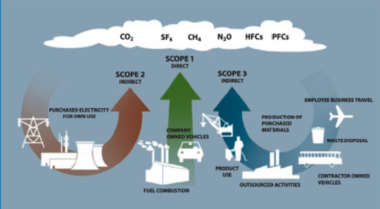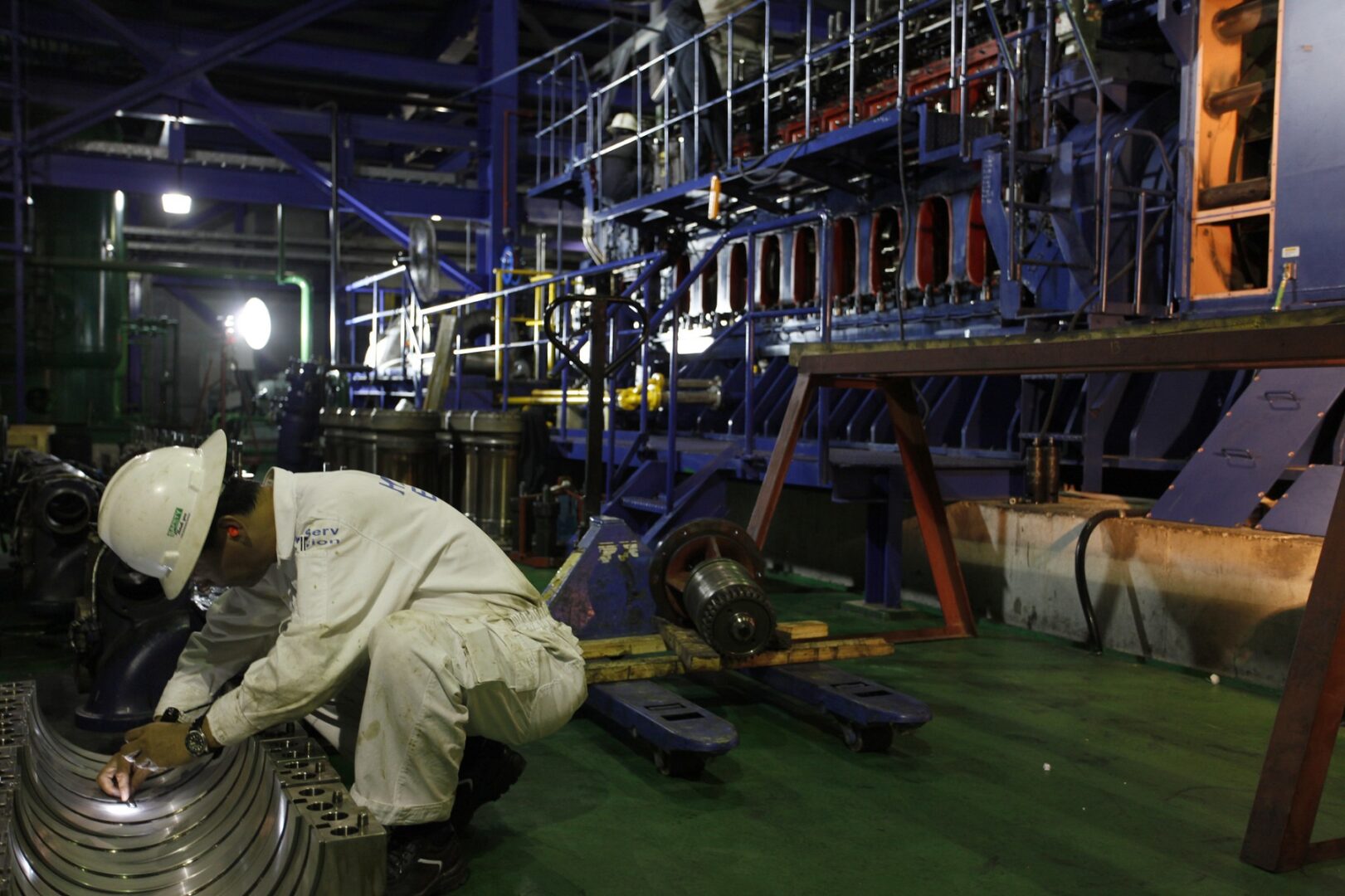About the scope and boundaries of your company’s carbon footprint
It is easier to draw conclusions from something when there are data about what exactly is going on. By calculating the carbon footprint of your company, you can save on fossil fuels in a structured way.
You monitor a carbon footprint by periodically performing such a calculation. This makes the results of taken savings measures visible. In addition, implementing and communicating about a carbon (or CO2-) footprint creates awareness among employees and customers, which increases support for saving measures.
Scope and boundaries of your carbon footprint
Important when determining the CO2 footprint are the scope (or depth) and the boundaries that an organization sets for itself. This provides insight into which greenhouse gas emissions an organization itself is responsible for. Emission factors also play an important role, because they are necessary to determine the CO2 emissions from, for example, a liter of petrol or a kilowatt hour of electricity.
Scope
To determine the limits of one’s own footprint, it is effective to first determine the scope, or depth, of one’s own responsibility. The Greenhouse Gas Protocol (the most used protocol worldwide to calculate greenhouse gas emissions) lists three scopes:
Scope 1: direct CO2 emissions, caused by own sources within the organization. This concerns emissions from your own building, transport and production-related activities. Think of your own diesel generators and heating installations, your own (lorry) cars or the application of coolant in cooling equipment and air-conditioning systems.
Scope 2: this includes indirect CO2 emissions from the generation of electricity or heat purchased and consumed by the company. The organization uses this energy internally, but does not generate it itself. That generation takes place physically elsewhere, for example in a power plant.
Scope 3: indirect CO2 emissions caused by business activities of another organization. This concerns emissions from sources that are not in the possession of the organization and on which it cannot have direct influence. For example, the emissions caused by the production or extraction of purchased raw materials or materials and outsourced activities such as freight transport. Indirect emissions as a result of business traffic with private vehicles and business air traffic also belong to scope 3.

According to the Greenhouse Gas Protocol – and this is also largely adjusted by organizations worldwide – an organization directty takes responsibility for CO2 emissions caused by Scope 1 and 2. This concerns both building-related energy (the amount of energy you use for heating, cooling and lighting the building, for example) and process-related energy (the amount you use to make products or perform services). Organizations often include business air kilometers and business kilometers driven in a private car from scope 3 as well. This is because they have direct influence on these modes of transport.
Boundaries of your company’s carbon footprint
We assume that you as an organization want to be CO2-neutral as a whole, but you can also decide to set the boundary for only an event or only one product category. In principle, the same scopes still apply. For example, to calculate the CO2 footprint of just one product category, you must determine the following: which part of the total energy consumption of a machine can be attributed to a certain product? What part of the total loading space of a truck is needed to distribute that one product?
It is also possible to apply a life cycle analysis to a product and calculate its CO2 footprint. By including scopes 1, 2 and 3, it is possible to gain insight into all emissions caused by raw material extraction, transport movements, production, assembly and sale of one specific product.
Finally, some organizations have a financial stake or joint venture with other organizations. The rule is then to include the percentage of the participating interest or joint venture in its own CO2 footprint. For example, if an organization owns 40% of another organization, it also allocates 40% of the CO2 produced from that other organization to its own footprint. Incidentally, it sometimes happens that an organization has an economic interest elsewhere, but has no further control over its strategy or operational management. In such a case, the organization does not include the CO2 footprint of that participation.
Emission Factors
The most important tool for calculating the CO2 footprint of an organisation, event or product are the various emission factors associated with a certain energy consumption. For example, there are emission factors for determining the CO2 emissions of a liter of petrol or diesel or the consumption of electricity or gas. Each fuel has its own CO2 emission factor when it is burned in a car, machine or power plant.
In our free CO2 calculator we list a number of origins of CO2 with the corresponding emission factor. You can use the calculator annually to determine your own CO2 footprint. This leads to awareness and insight into consumption. This way you can see where in the organization the most energy is used. You can then examine each period whether the taken saving measures have had an effect: with less fossil energy consumption and more use of renewables, there must have been less CO2 emissions.

